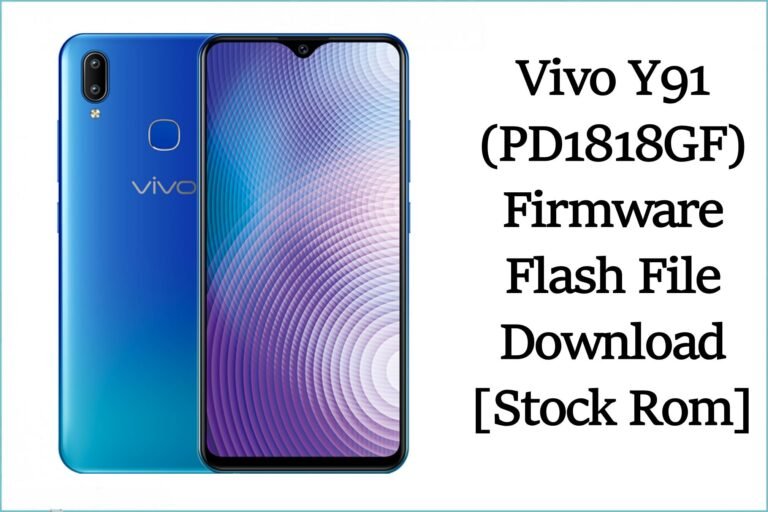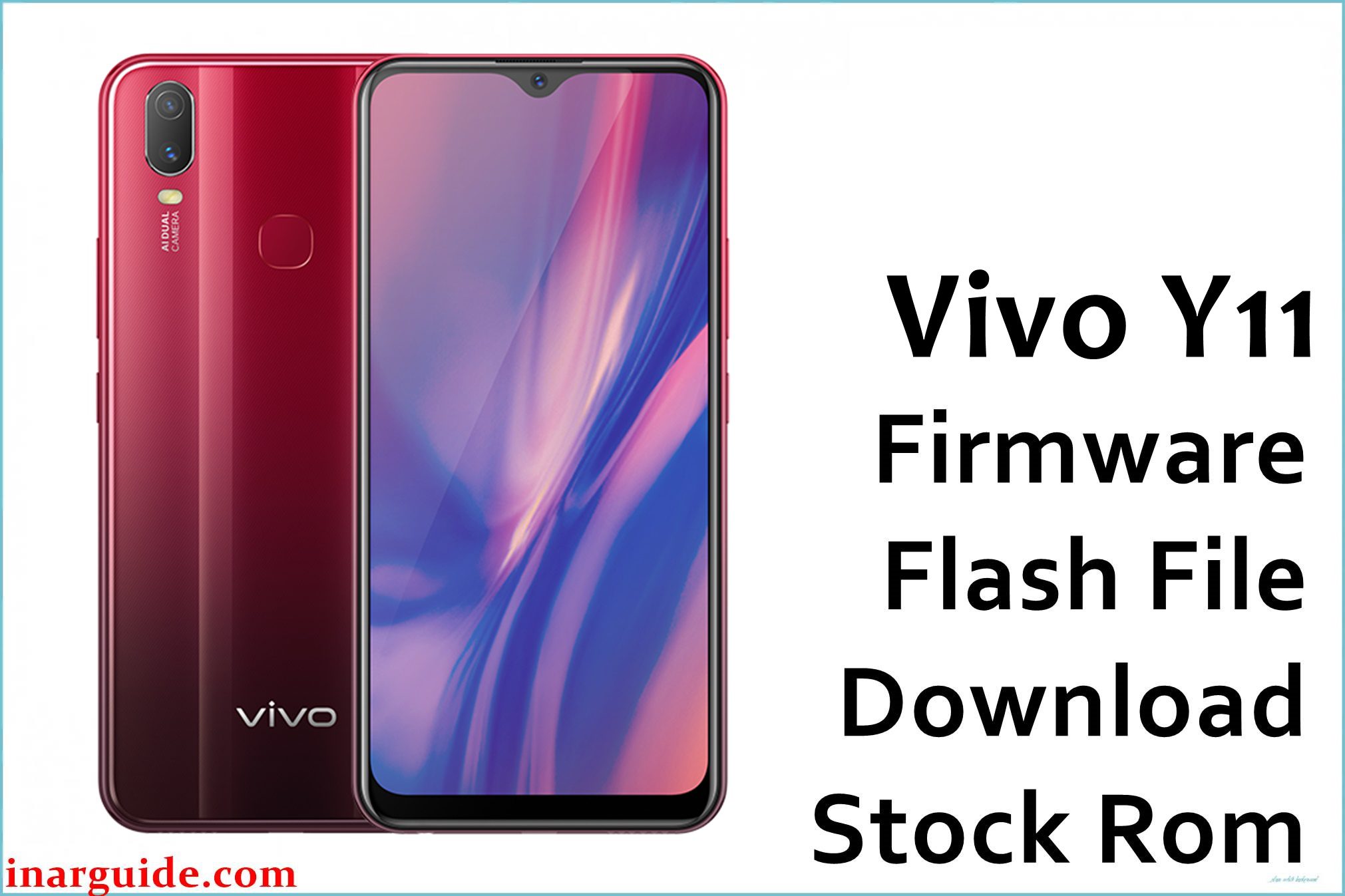Looking to install the stock ROM on your Vivo iQoo 7 PD2055F? This comprehensive guide provides direct download links for the firmware flash file and clear, step-by-step instructions to get your phone back on track.
Use this firmware file to effectively reset your phone, fix bootloop issues, bypass password locks, resolve device freezing, and address numerous other software problems.
Vivo iQoo 7 PD2055F Quick Specifications
- Display:
- 6.62-inch AMOLED, 1080 x 2400 pixels (~394 ppi density), 120Hz refresh rate
- Processor:
- Qualcomm Snapdragon 870 5G or Snapdragon 888 5G, Octa-core
- RAM:
- 8GB or 12GB
- Storage:
- 128GB or 256GB internal, not expandable
- Operating System:
- Launched with Android 11, Funtouch OS 11.1 (International) or OriginOS 1.0 (China)
- Rear Camera:
- Triple camera system with 48 MP wide, 13 MP ultrawide, and 2 MP depth sensors
- Front Camera:
- 16 MP
- Battery:
- 4000 mAh or 4400 mAh non-removable, with 66W or 120W fast charging
- Connectivity:
- 5G, Wi-Fi 6, Bluetooth 5.2, NFC, USB Type-C 2.0
- Other Features:
- Under-display fingerprint sensor, stereo speakers, no 3.5mm headphone jack
The Vivo iQoo 7 PD2055F is a high-performance smartphone known for its powerful Snapdragon 888 processor, a fast 120Hz AMOLED display, and extremely rapid 120W charging technology.
Vivo iQoo 7 PD2055F Firmware Download Links
| Filename | Download Link |
|---|---|
| PD2055F_EX_A_8.70.29_LA.QSSI.13.0.R1.11.00.00.913.005.00_System_Split_220802_QPST.zip | Download 8.70.29_220802 (Google Drive) |
| PD2055F_EX_A_6.70.56_LA.QSSI.12.0.R1.11.00.00.782.015_System_Split_QPST.zip | Download 6.70.56 (Google Drive) |
| PD2055F_EX_A_6.70.44_LA.QSSI.12.0.R1.11.00.00.782.015_System_Split_QPST.zip | Download 6.70.44 (Google Drive) |
| PD2055F_EX_A_1.74.3_LA.UM.9.12.r1-08400-SM7250_SDR735_Split_QFIL.zip | Download 1.74.3_08400 (Google Drive) |
| PD2055F_EX_A_1.72.9_LA.UM.9.12.r1-08400-sm7250_SDR735_Split_QPST.zip | Download 1.72.9_08400 (Google Drive) |
| PD2055F_EX_A_1.72.0_LA.UM.9.12.R1-08400-SM7250_SDR735_Split_QPST.zip | Download 1.72.0_08400 (Google Drive) |
| PD2055F_EX_A_1.71.30_LA.UM.9.12.r1-08400-SM7250_SDR735_Split.zip | Download 1.71.30_08400 (Google Drive) |
| PD2055F_EX_A_6.70.56_LA.QSSI.12.0.R1.11.00.00.782.015_System_Split.zip | Download 6.70.56 (MediaFire) |
| PD2055F_EX_A_6.70.50_LA.QSSI.12.0.R1.11.00.00.782.015_System_Split.zip | Download 6.70.50 (MediaFire) |
| PD2055F_EX_A_1.74.3_vivo_qcom_LA.UM.9.12.r1-08400-sm7250_sdr735_split.gz | Download 1.74.3_08400 (MediaFire) |
| iQOO_7_PD2055F_EX_A_1.72.9_LA.UM.9.12.r1-08400-sm7250_SDR735_Split_QPST.zip | Download 7_1.72.9_08400 (Google Drive) |



